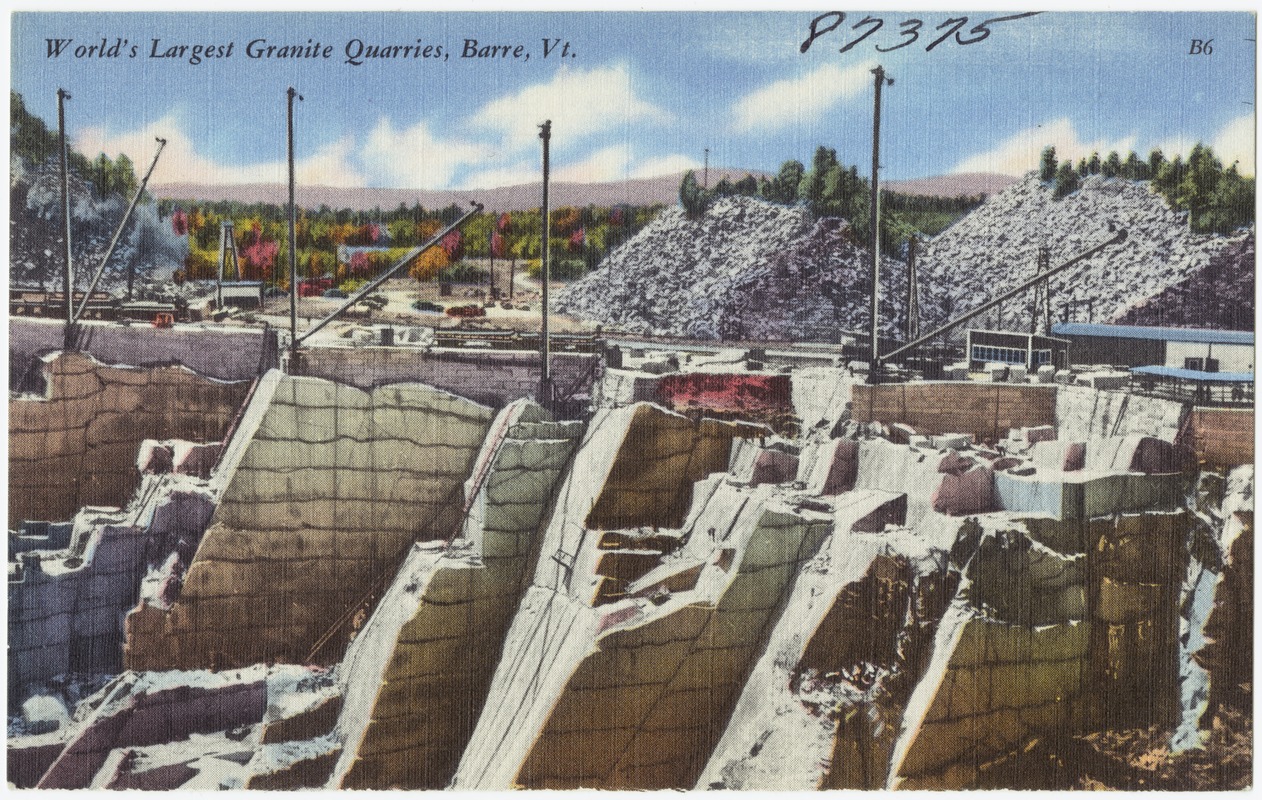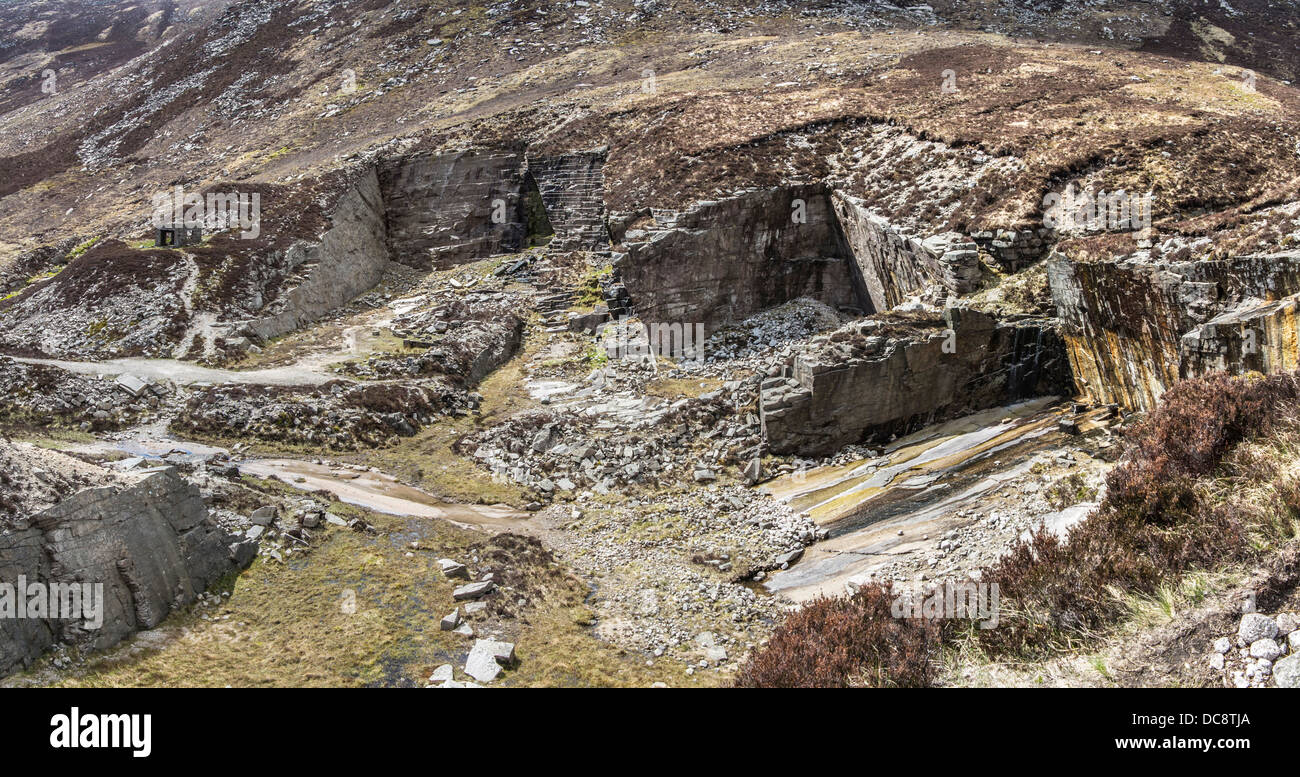A Trip Via Granite Quarries in South Africa: Unveiling Nature's Virtuosity
A Trip Via Granite Quarries in South Africa: Unveiling Nature's Virtuosity
Blog Article
Introducing the Mysteries of Granite Quarrying: Where Toughness and Style Meet
The world of granite quarrying is a realm where the raw stamina of nature merges with human artistry to develop structures that stand the examination of time with an air of beauty. From the depths of quarries to the thorough sprucing up in workshops, the procedure of transforming granite right into architectural marvels is a complex dancing of custom and development. As we peer into the midsts of this old craft, we start to reveal the surprise details that shape the really essence of our developed atmosphere.
The Beginnings of Granite Quarrying
In the annals of architectural background, the beginnings of granite quarrying are shrouded in a tapestry of old craftsmanship and geological wonders. Going back to ancient Egypt and Mesopotamia, the extraction of granite from quarries noted the start of a journey that would ultimately cause the development of some of the world's most famous frameworks.
Granite quarrying's origins can be traced to the proficient artisans that acknowledged the stone's resilience and visual allure. Through a combination of primitive tools and large determination, these very early quarry employees discovered granite blocks that would come to be the foundation of people.
As people evolved, so did the strategies of quarrying granite. The Romans, renowned for their engineering prowess, created sophisticated methods for drawing out granite to construct monoliths, holy places, and roads that stood the test of time.
The heritage of these old quarrying practices proceeds to form contemporary style, with granite remaining a sign of toughness and beauty in building tasks around the world. (granite quarries in south africa)
Tools of the Quarrying Trade
The development of granite quarrying methods from ancient people to modern-day times highlights the crucial function played by the tools of the quarrying profession in shaping the sector's practices. In ancient times, quarrying tools were basic, commonly containing knives, hammers, and wedges made from materials like bronze or iron. These tools required considerable workforce and time to essence granite obstructs from quarries.

Furthermore, the introduction of pneumatically-driven devices and high-powered equipment has actually dramatically lowered the physical labor required in quarrying procedures, improving worker safety and security and productivity. As the quarrying sector proceeds to innovate, the tools of the profession remain at the forefront of driving progress and forming the future of granite removal.
Drawing Out Blocks of Granite
Making use of accuracy machinery and progressed strategies, the removal of granite obstructs from quarries has actually come to be an advanced process in the contemporary quarrying sector. Controlled blowing up strategies are then employed to damage apart the granite right into workable areas.

Sprucing Up and Finishing Strategies
To accomplish a perfect surface on granite blocks, skilled artisans utilize a collection of meticulous polishing and completing strategies. After the preliminary removal and forming Full Report processes, the granite obstructs undergo a complete polishing stage to improve their natural appeal and sturdiness. One usual method made use of in brightening granite is ruby abrasion, where commercial diamonds are utilized to grind and polish the stone to a smooth finish. This process not only develops a shiny surface area yet likewise makes certain uniformity in shade and texture throughout the granite block.
In enhancement to polishing, ending up strategies are applied to further improve the granite's look. By carefully choosing and applying these brightening and completing strategies, artisans can change raw granite obstructs into exquisite items that showcase both toughness and style.

Environmental Effect and Sustainability
With the expanding emphasis on ecological consciousness in the industry, granite quarrying practices are increasingly looked at for their effect on all-natural sources and lasting sustainability. Furthermore, the transport of granite from quarries to processing centers generates carbon emissions, even more adding to environmental destruction.
To alleviate these effects and ensure sustainability in granite quarrying, market stakeholders are embracing numerous measures. Carrying out innovative innovations to lower energy consumption and water usage, redeeming quarried land for environmental reconstruction, and promoting responsible sourcing methods are some approaches being used. In addition, certifications such as the Woodland Stewardship Council (FSC) and the Leadership in Energy and Environmental Style (LEED) assistance customers determine eco-friendly granite products.
Conclusion
To conclude, granite quarrying is a process that needs specialized devices and strategies to essence blocks of granite and polish them to a high degree of coating. While the environmental effect of quarrying can be substantial, initiatives are being made to enhance sustainability techniques in the industry. In general, granite quarrying is a fragile balance between using the stamina and elegance of this all-natural visit this website rock while minimizing its impact on the setting.
Report this page